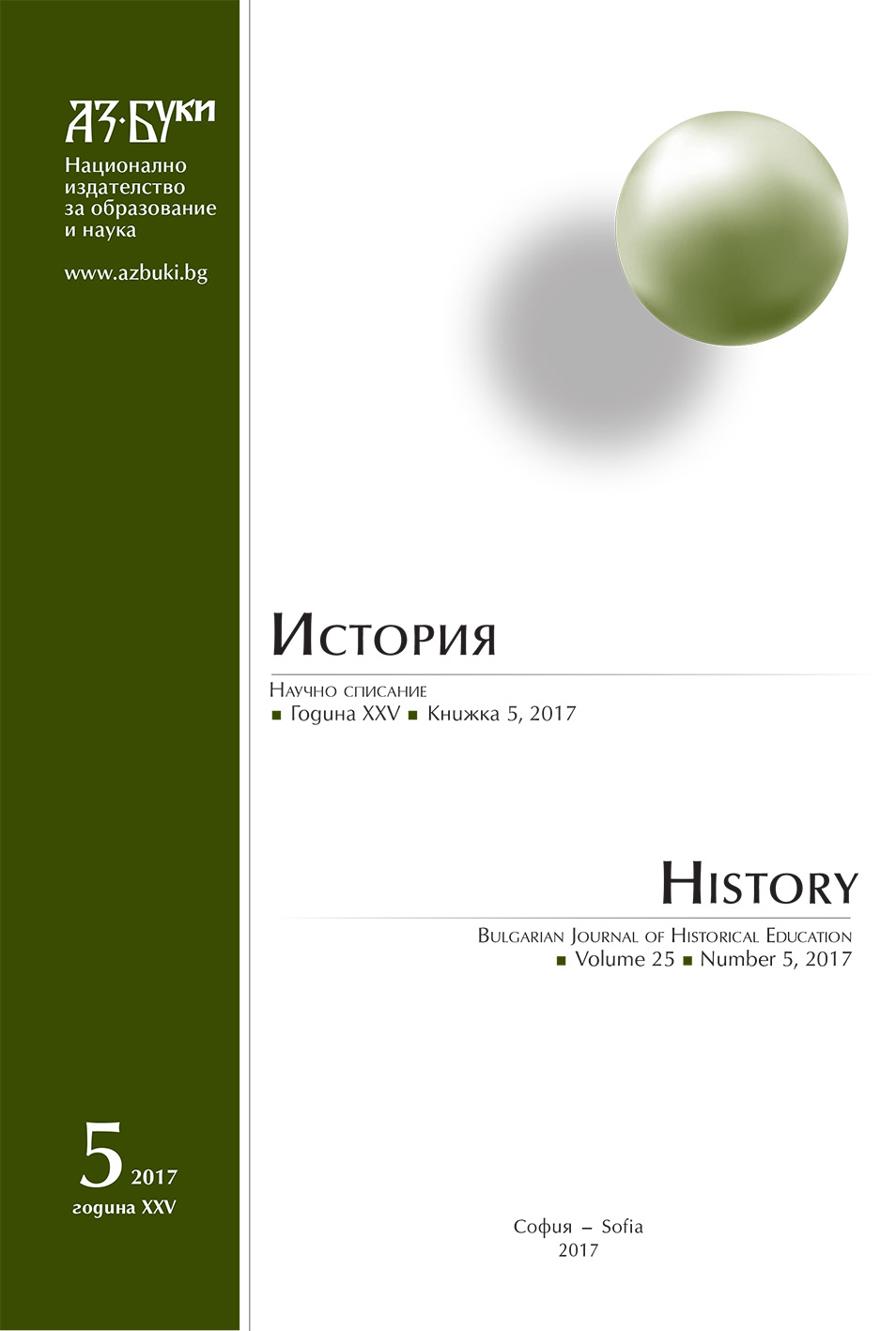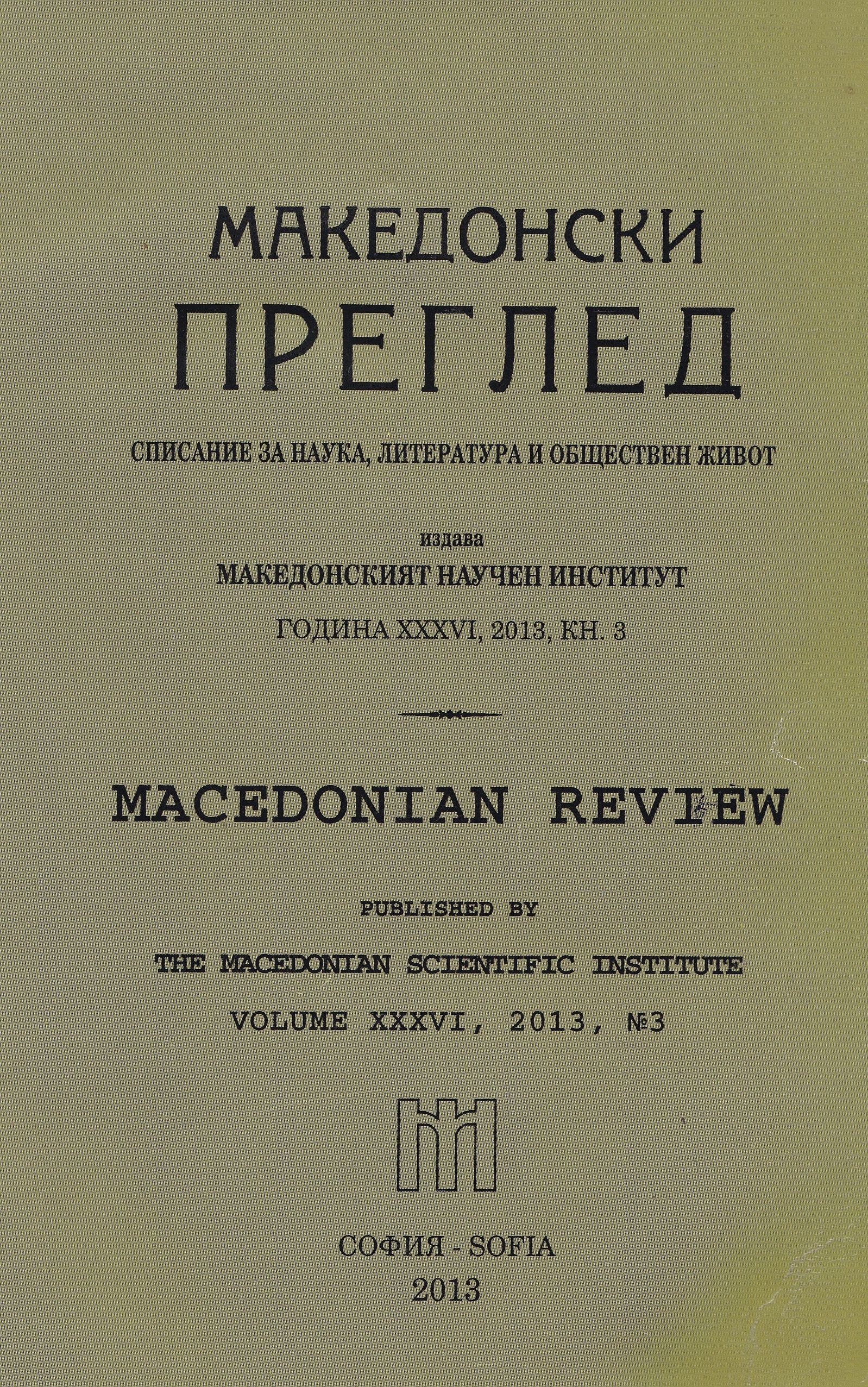
We kindly inform you that, as long as the subject affiliation of our 300.000+ articles is in progress, you might get unsufficient or no results on your third level or second level search. In this case, please broaden your search criteria.

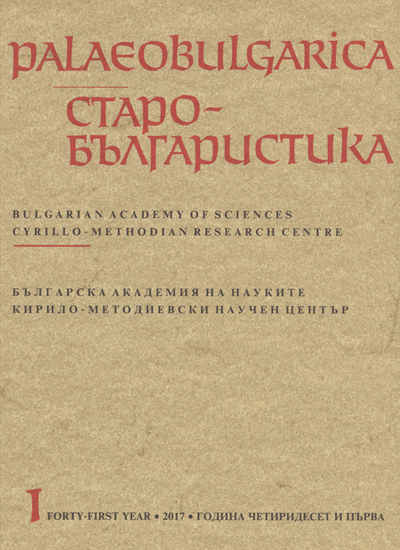
The notes on Maria Lekapene, the granddaughter of the Byzantine Emperor Romanos I Lekapenos and on her husband, Peter of Bulgaria are to be found in several medieval Russian historiographical texts: in the Russian Primary Chronicle, in the second edition of the Hellenic and Roman Chroni¬cle from the first half of the 15th century and in two related compilations of the sixteenth century, i.e. the Russian Chronograph of 1512 and the Nikon Chronicle. There is no doubt, that Old Russian authors derived information primarily from the Old Bulgarian translation of the B-edition of the Georgius Monachus Continuatus. In Old Russian texts we can find dependencies on the chronicles of John Zonaras and Constantine Manasses (known in their Slavic translation) as well as the elements taken from the medieval Bulgarian sources (glosses to the text of the chronicle of Constantine Manasses and the lives of St. John of Rila).
More...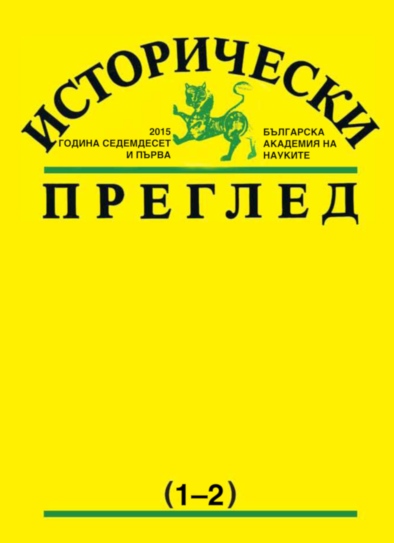
The article traces the multifaceted activity of prof. M. Drinov as a public figure and scientist to legitimize Sofia as the capital of Bulgaria. The emphasis is on revealing the sound scientific justification of Drinov’s idea. “The Sofia line” in his writings is traced in all his works where he argues that it is Sofia that is the geographical, historical, spiritual, cultural and social center of Bulgaria.
More...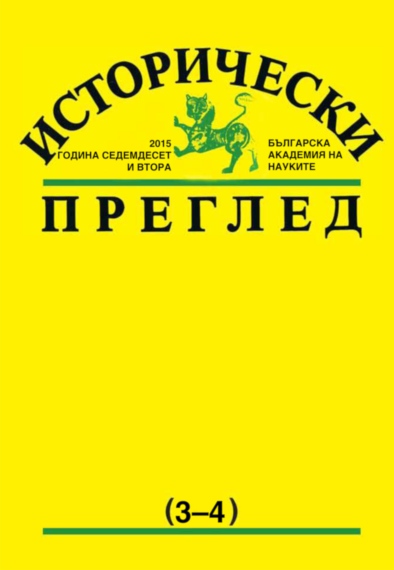
This study focuses on some aspects of the ways and mechanisms for preserving the memory of traumatic events during military conflicts among the subjects of the Sultan. These aspects have to do with the functioning of the Ottoman bureaucratic, judicial and military institutions on local and central level, and communication with the local population. For this purpose, the study analyzes the case with the citizens of Silistra and their conduct, as well as that of the Ottoman authorities, during and after the war with the Holy League in 1593–1606 and the late 17th century. The analysis of the sources reveals that the process of preserving and passing on the information involved functionaries from all levels of the Ottoman hierarchy and that various bureaucratic practices were applied related to the registration and taxation of the population, and to the creation of formal and informal archival collections. There were several ways of preserving and passing on of the memory: by means of written communication among the institutions (through document flow toward the centre and back to the provinces); by oral communication between the representatives of the authorities and taxpayers in the kadı court, and discussions among the members of the community and its elders who attended the court sittings. Written evidence of the war events, or more specifically, of the feelings that overwhelmed the people and the disturbing thoughts that haunted them in those troubled times was left by a number of literate Bulgarians in marginal notes on pages of liturgical books and even on church walls. These short notes testify that the clash between the warring armies did not bring any hope to the Christians, but only fear in their souls and awareness of the trouble that had befallen them in those “severe and turbulent times”. Finally, the folklore also provides information about the war, transforming in a specific way the memory of events and people, people’s attitude towards the afflictions that befell on them. The analyzed sources show that the memory which the Bulgarians have preserved and transmitted to next generations is charged with predominantly negative assessment of the traumatic events during the war and of Michael Viteazul’s image. It seems that the scope of the devastation and the suffering caused by the Wallachian armies to the Christian population were a stronger factor in the process of constructing the collective memory of the events than the war victories of the Voivode over the Ottoman ruler in the lands south of the Danube. That is why the themes of killing, enslavement and displacement of the population as well as the motif of the unforgivable sin of Voivode Michael stand out in the Ottoman documents, in the marginal notes, and the folk songs.
More...
Based on a variety of mainly Ottoman primary sources – kadı sicills, tapu tahrir defters, single documents, as well as contemporary narratives, the article aims at elucidating the impact of the wars waged by the Ottomans with their neighbours at a time of expansion and retreat in one Ottoman border region and city. More specifically it analyses the influence of the war and the frontier on the defence system and the military institutions, on the establishment and development of the provincial administration and the agrarian regime over a period of nearly four centuries. The focus is on the city of Vidin during the wars at the end of the 17th and the beginning of the 18th century following which it again came at the frontline of Ottoman defence, and on the influence of the frontier on the relations between the two main religious communities in the region, the Muslims and the Orthodox Christians.
More...


Based on known and newly found documents the author traces the specific actions taken by the Russian diplomacy to abolish the Bulgarian Union in the middle of the 19th century. The main role in this task was assigned to the Russian consular agent in Plovdiv Nayden Gerov. The article highlights the activity of N. Gerov and D. Tsankov and presents their opinions on how to solve the Bulgarian Church Issue showing clearly the difference in the positions of the two prominent figures of the Bulgarian national movement. One of them was a Russian diplomat who was obliged under his official position to follow Russia’s policy towards the Bulgarian-Greek religious strife, which coincided with his personal beliefs to solve the Issue within the traditional Bulgarian Eastern Orthodox. The other was a Bulgarian journalist, politician and public figure offering to Bulgarians a union with the Roman Catholic Church as the way out of the tangled religious issue. The author tries to give a reasoned answer to the question which is a major focus of this article: What did the Bulgarian union achieve for the national movement in the mid-19th century and in this sense – was it its well thought out, far-sighted and politically justified „alternative“?
More...
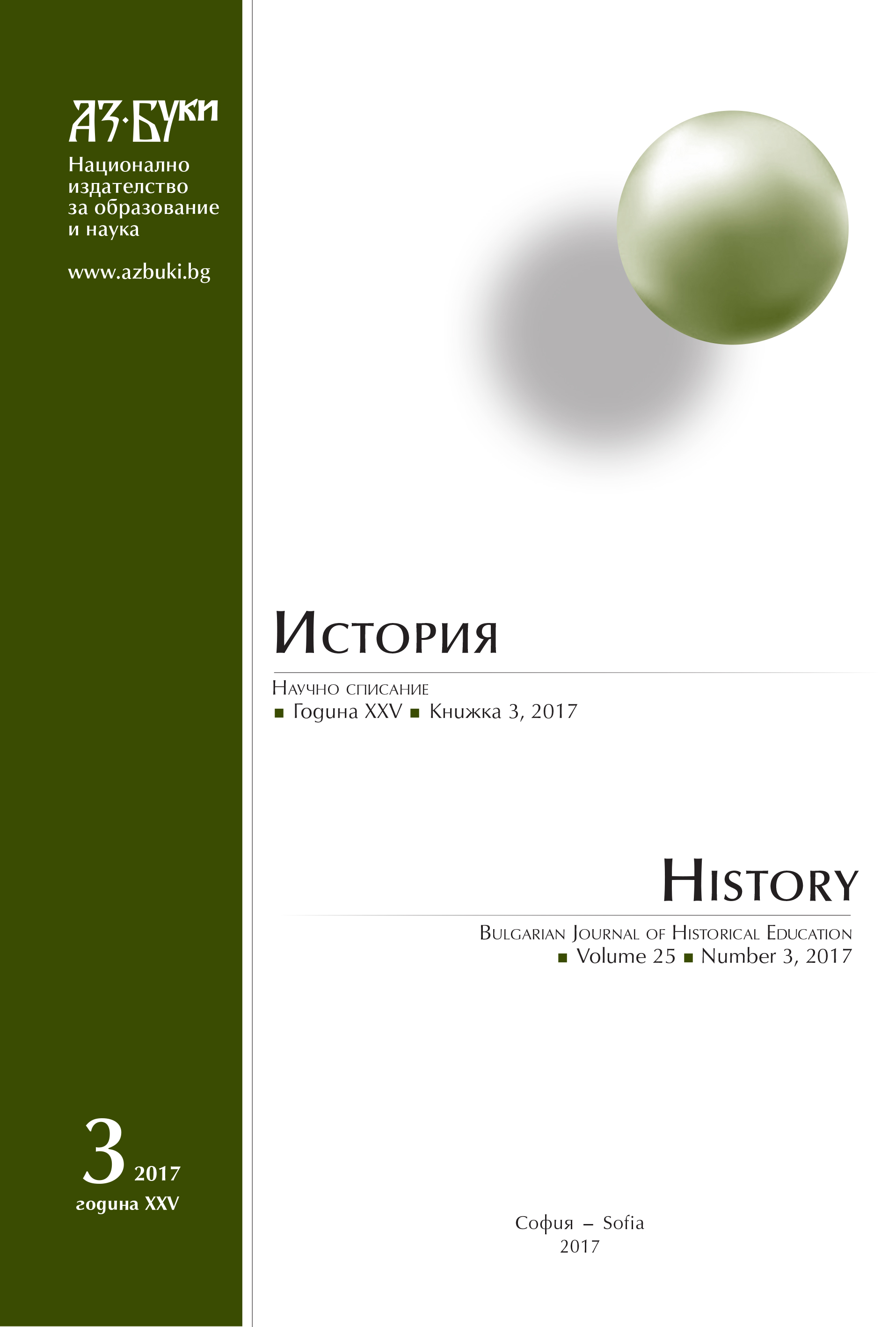
The initial public activity of the German prince Leopold Saxe-Coburg-Gotha is connected to the major events in Europe, in the beginning of XIX century. The marriages of his sisters with members of the Russian imperial family, his physical attractiveness and the bravery that he manifested during the war with Napoleon’s armies in 1813 proves him to be the most suitable candidate for marriage with the heiress of the British throne Charlotte in 1816. This marriage opens great perspectives for him.
More...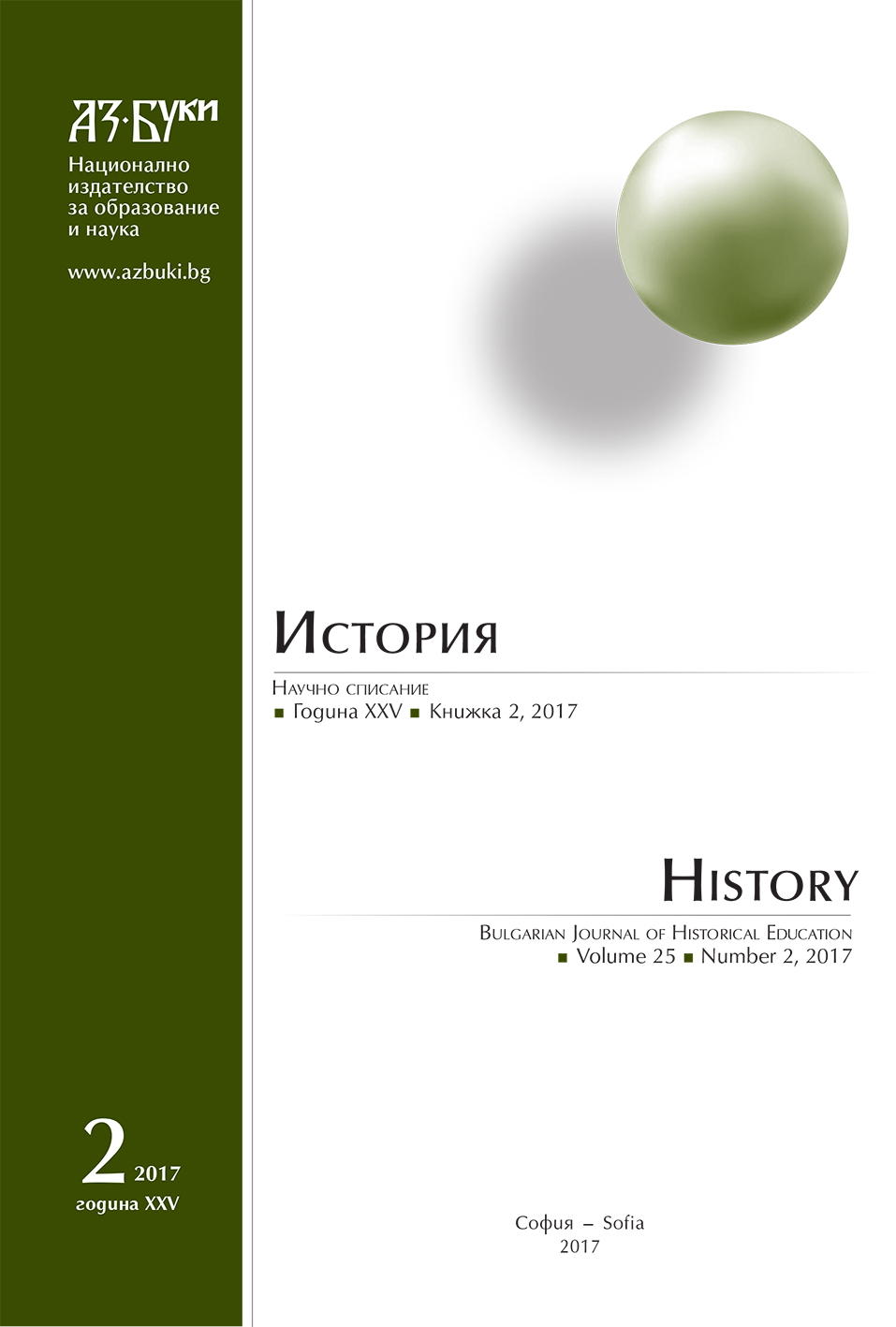
The Conference for Security and Co-operation in Europe reflected the East-West détente’s relaxing tensions and the differences between the two camps as well. In this paper, mainly negotiations about cultural interactions, known as the Third basket – whose principal Eastern delegate, by Moscow authorization, was Bulgaria – are revealed. On the other hand, France, among the Western countries, had the most important influence on the arrangement of the Conference and the papers drawn up later. The research presents the démarches and the actions undertaken by Sofia and Paris in defence of their concepts.
More...
The author investigates the selection and the training of foreign students from Czechoslovakia in the period 1953–1959, and also their realization in shipping and at shipbuilding enterprises after their graduation. The most important factors for success are the good selection and high-level of adaptation of students as well as special preparation and pedagogical skill of the lecturers of Nikola Vaptsarov Naval Academy.
More...
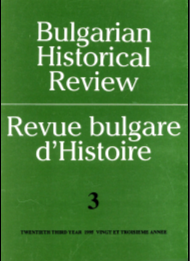
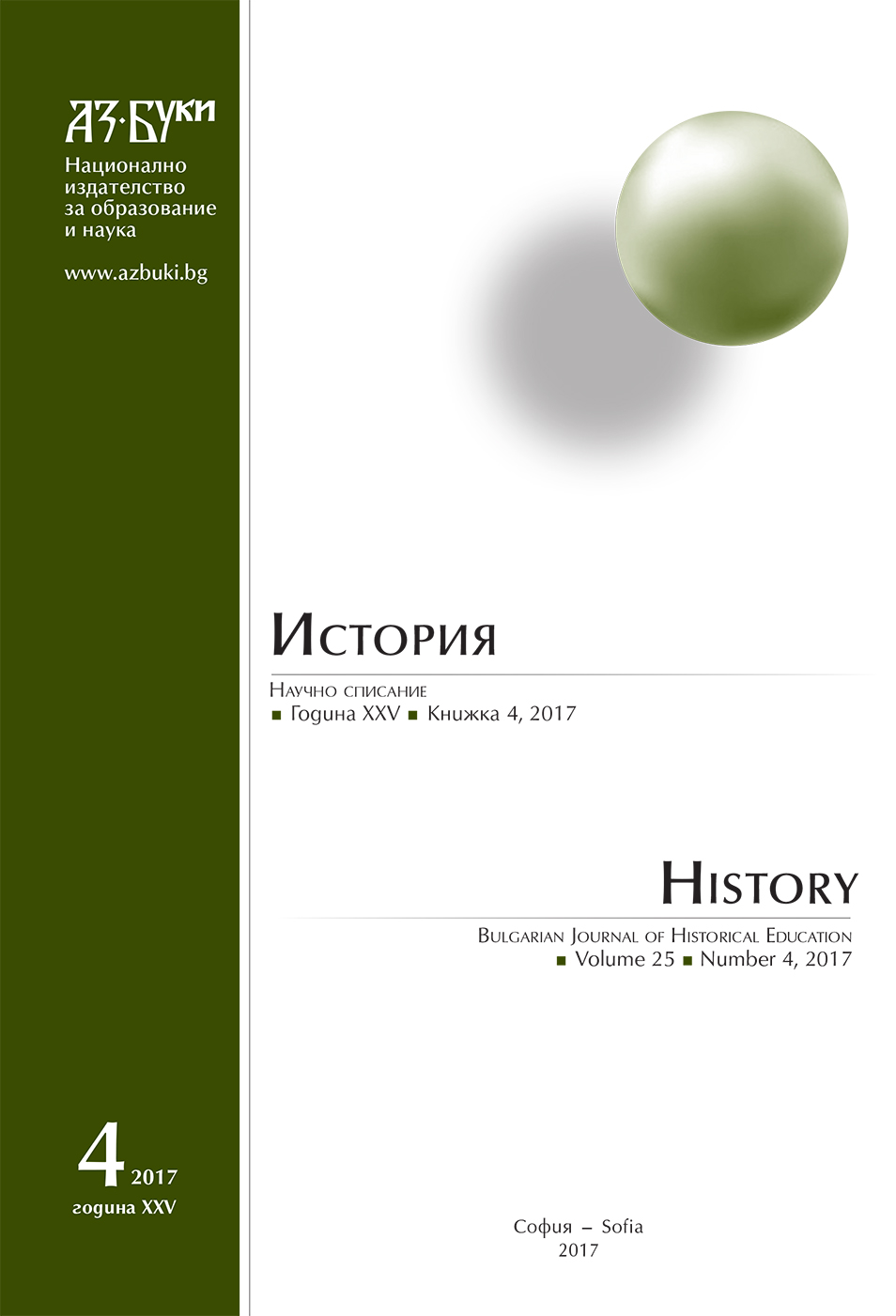
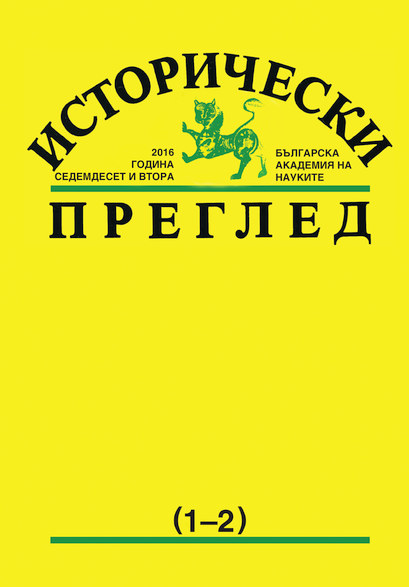
The years after the Ilinden Uprising put to the test the overall work of the Exarchate in Macedonia. One of the levers by which the Ottoman authority tried to sabotage the process of consolidation of the Bulgarian element in the provinces was the principle of preserving the ecclesiastical status quo. After the uprising many villages started leaving the Patriarchate and passing under the jurisdiction of the Exarchate. That was an increasing trend which pushed to the fore the question of the ownership of churches and schools. For many years the problem remained unsolved by the government, whose policy was to maintain the idea on confrontation between patriarchists and exarchists. And after the Young Turk revolution of July 1908 the issue remained on the agenda and the government continued to apply the familiar tactic of delay and transfer of responsibility in this case to the parliament. The decision was taken as late as the summer of 1910 with the adoption of the Law of contentious churches and schools. Although its provisions did not fully meet the legitimate expectations of Bulgarians, they regulated a solution to a problem which albeit artificially created and maintained by the government was quite pressing for the population in the provinces.
More...
Through the prism of Bulgarian church history and its links with the Roman Catholic world, the author outlines the wide range of issues that were addressed at the Second Vatican Council (XXI Ecumenical Council of the Roman Catholic Church), which largely shaped the development of theological thought in the second half of 20th century. The article also focuses on the Vatican’s active diplomacy during the period under review and on the internal discussions between the local Orthodox churches, which led to a more open dialogue and increased interest in the work of the Council.
More...
Bulgaria and Slovakia, as well as their diplomatic, military and political, economic and cultural relations are an integral part of the history of the Southeast Europe during the Second World War. The two countries and their relations are experiencing strong influence of a complex set of factors in the arbitration and the dominant role of German policy. German plans for world domination and a new order in Europe affect almost all aspects in the old continent life – state, international relations, economics, coexistence of different ethnical communities that are historically formed. In Central and Southeast Europe German policy led to the formation of a mosaic of allied, semi-independent and satellite regimes of Germany, on whose development and relations, it continues to affect the entire period of the war. The study of the relations between Bulgaria and Slovakia – bilateral and after the accession of both countries to the Tripartite Pact – allied, gives new perspectives on major events and developments in the war, but especially to the national-territorial problems in Central and Southeast Europe and attempts for their solving during the war years.
More...
Based on unpublished Ottoman tax registers (tapu tahrir defteri) kept at the Ottoman archives in Istanbul, the article examines the process of transformation of the Byzantine town of Adrianople into the Ottoman Edirne; the change in the architectural and ethnical and confessional layout of the city; the location of a part of the Muslim and Christian population and of the urban quarters inhabited by them; the Jewish communities and the dynamics in the quantitative indicators of the registered households; the condition, designation and functions of the ancient and medieval fortress of Adrianople and the way in which it fitted into the new Ottoman urban setting. Having surrendered voluntarily the fortress of Adrianople to the Ottoman, the Christian population was granted the right to continue to reside in its quarters in its interior. In the 16th century massive communities of Christian citizens inhabited the space among the fortress walls of the Byzantine fortress and the majority of their neighborhoods were situated around churches and bore the name of the respective church, while others were named after their current or former priests. Upon the conquest of the city by the Ottoman troops some of the churches in the fortress were turned into mosques for the purpose of demonstrating the dominant position of Islam and meeting the spiritual needs of the Muslim population. After the takeover of Edirne the Muslim population settled outside the walls of the ancient and medieval fortress, where it set up its neighborhoods. Besides Muslims and Christians many Jews continued to live in the city as well. They included romaniotes as well as Jews from the sepharadim and ashkenazim groups.
More...